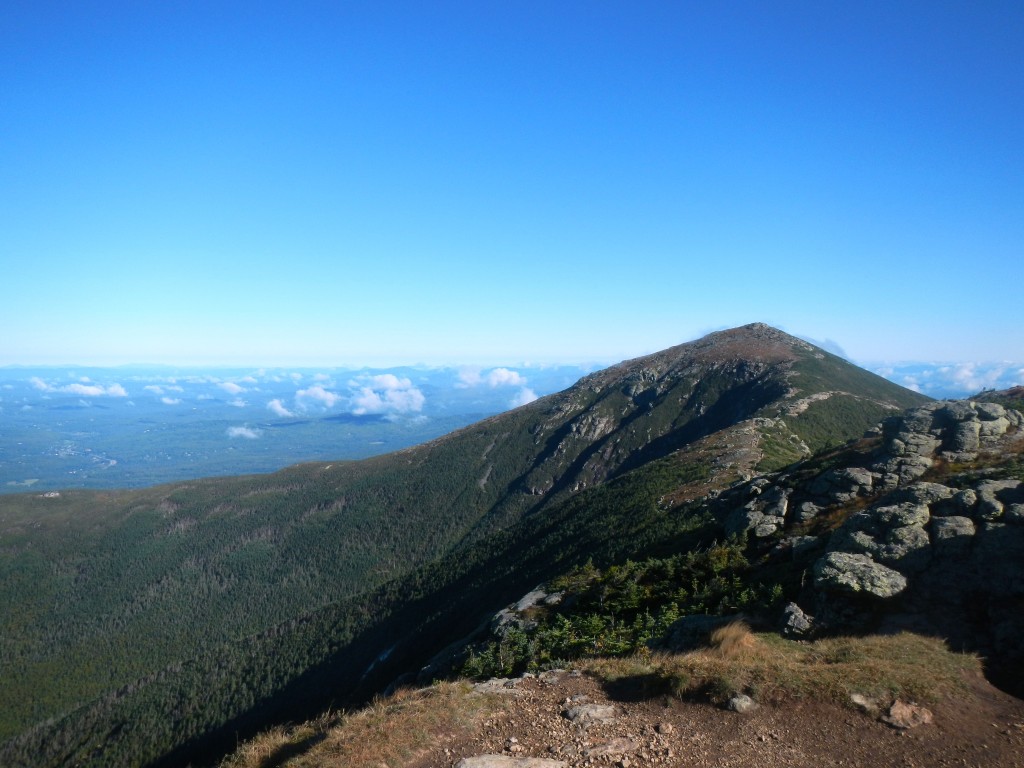It’s a feeling of panic. Your heart races, your palms moisten, your eyes race down the page. Everything, all of it, looks like hieroglyphics. Frantically you search for something — anything — that you recognize. Something you can start with. You frantically flip to the second page, then the third, your eyes racing down the page, heart pounding in your ears. By the time you scan helplessly to bottom of the last page, there is nothing you know how to do. Suddenly hits you — you have absolutely no idea what you’re doing.

Surely others are panicking too? But a quick glance around you reveals that even those dullards are weaving their way crisply through the opening problems. Suddenly you feel completely, utterly stupid, and totally alone. Your eyes dart to the door. You want to leap up and run — but you can’t. They’d stare. They’d talk. Are they staring right now? Can they tell that you have no idea? Your heart races faster . . . You’ve got to find something you know how to do . . . You can’t pass in a blank test . . . Control your fear . . . But it’s too late . . .
Suddenly you’re wide awake. You’re sitting straight up in bed, heart racing, forehead dripping sweat. It’s 3 am and you’re a fully grown adult and you’ve just had a nightmare that has, strangely enough, become more frequent since you left school. As you try to catch your breath, two words come to your lips in a whisper.
“Math class . . .”
https://www.youtube.com/watch?v=jvfoqJdJpKM&t=5m25s
I’m 34 years old and haven’t opened a math book since before “Google” was a verb and I still get nightmares about being back in math class.



